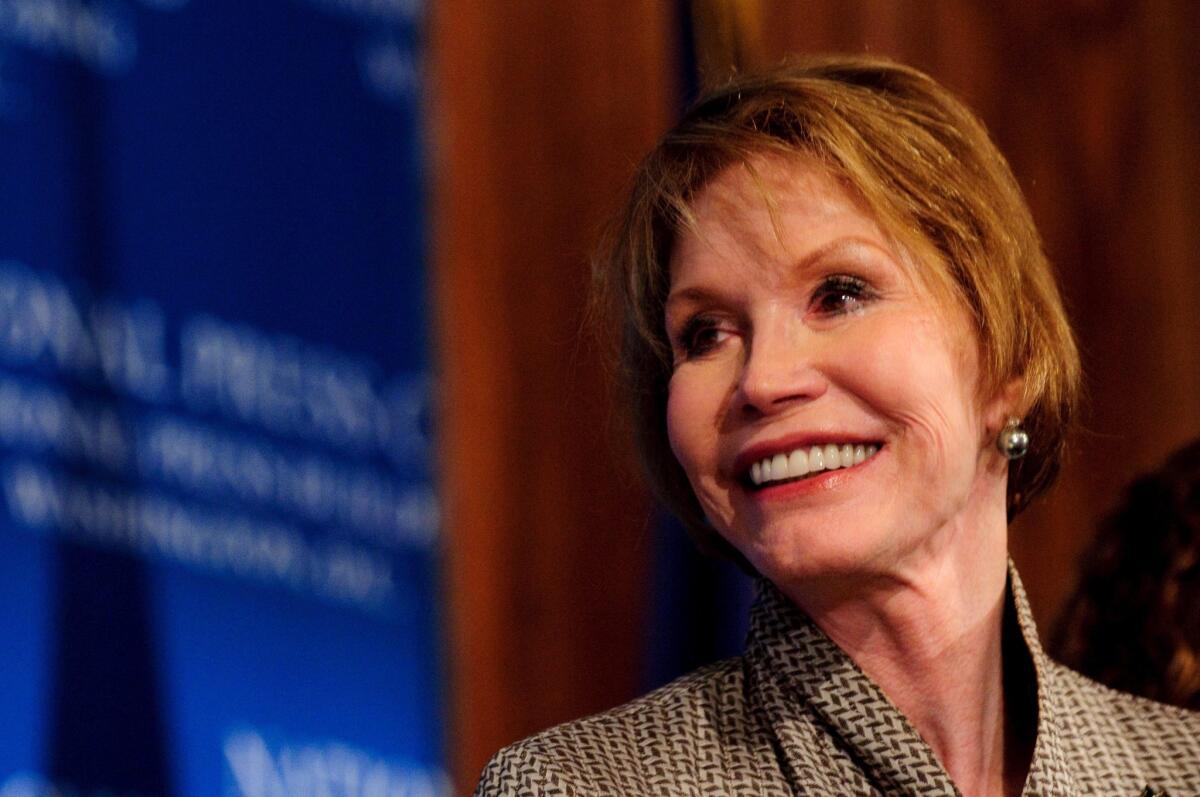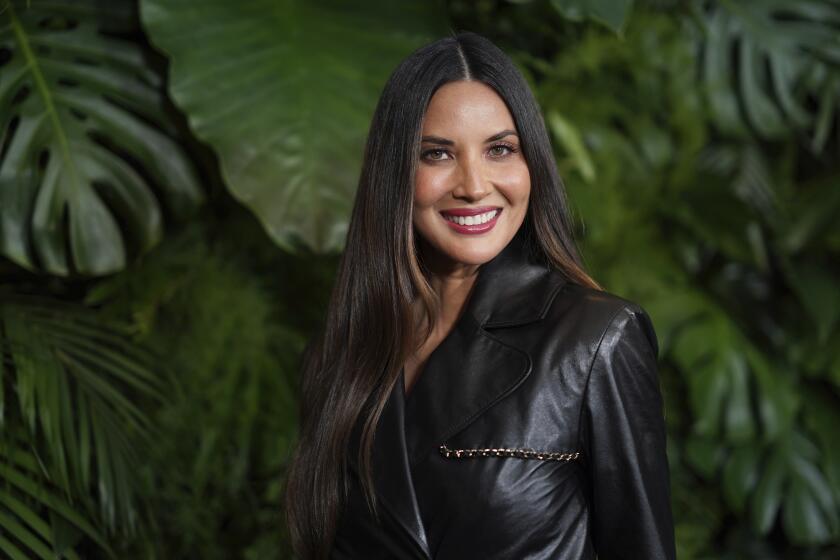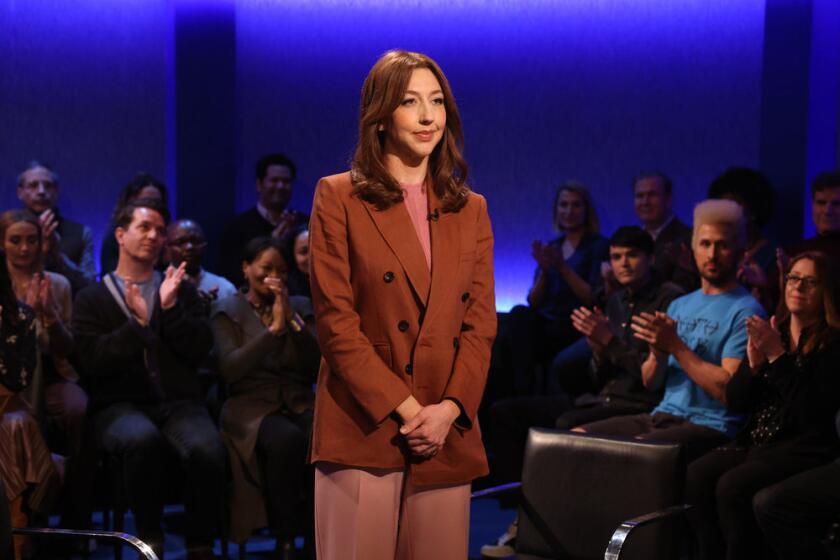Onscreen and onstage, Mary Tyler Moore was more than Mary Richards or Laura Petrie

The news of the death of beloved actress Mary Tyler Moore sparked her fans and the entertainment industry to look back on her distinguished and career, which spanned both TV and film.
She first made an unforgettable impression as Laura Petrie, the supportive wife of Rob Petrie, the comedy writer played by Dick Van Dyke in “The Dick Van Dyke Show,” which premiered in 1961 and ran for five seasons. But it was her portrayal of Mary Richards, the single career woman at the center of the iconic workplace comedy “The Mary Tyler Moore Show” that put a defining stamp on TV comedy in the 1970s.
For the record:
9:44 p.m. April 18, 2024An earlier version of this post misidentified the setting of “Ordinary People.”
FULL COVERAGE: Mary Tyler Moore | 1936-2017 »
The series was so adored and Moore played Richards with such precise comedic flair and charisma that she and her character almost seemed inseparable, an element that may have affected her subsequent follow-up CBS vehicles, the short-lived variety show “Mary” and “The Mary Tyler Moore Hour,” an awkward hybrid of variety show and sitcom.
Following those shows, she departed her genial TV comedy roots with 1980’s “Ordinary People.” A harrowing look at a wealthy family in tatters after the death of its oldest son, Moore shocked her fans and Hollywood with her revelatory performance as matriarch Beth Jarrett, a wife and mother disconnected from those closest to her. Richards’ icy portrayal was worlds away from her lovable TV personas.
Moore scored an Oscar nomination for best actress for “Ordinary People,” which marked the directorial debut of Robert Redford, and the film won several Oscars, including best picture. In a statement released on Wednesday, Redford recalled Moore’s “courage” in taking on the dark role, calling her performance “enormously powerful.”
Below, watch Moore surge through a storm of repression and resentment in a confrontation with her husband (Donald Sutherland).
Her dramatic triumphs continued that same year when she appeared on Broadway in the right-to-die drama “Whose Life Is It Anyway?” In a gender reversal from the original play, Moore portrayed a sculptor paralyzed after a car crash who argued to end her life. The play, which also starred James Naughton, earned Moore a special honor at that year’s Tony Awards, which she also co-hosted.
Moore returned to television for much of the ‘80s and ‘90s, mostly in a string of generally unheralded TV movies. But she again scored a career highlight with her scene-stealing turn in David O. Russell’s 1996 family comedy “Flirting With Disaster.”
In a movie loaded with absurdist turns byAlan Alda, Lily Tomlin and Josh Brolin, Moore was a standout as the domineering adoptive mother of Ben Stiller’s Mel Coplin, who is attempting to learn his roots. In a role that found Moore memorably flashing her daughter-in-law (Patricia Arquette) to testify as to the importance of a good bra, Moore displays a certain manic vulnerability in the clip below.
The 2000s found Moore appearing in guest roles on a number of comedies, including “The Ellen Show,” “King of the Hill” and “That 70s Show,” where she appeared in a multi-episode arc as a tightly wound TV host. Most recently, she reunited with her “Mary Tyler Moore Show” costar Betty White on the TV Land series “Hot in Cleveland” appearing in the premiere of the show’s second season in 2011 and again in 2013.
See the most-read stories in Entertainment this hour »
Follow me over here @chrisbarton.
The complete guide to home viewing
Get Screen Gab for everything about the TV shows and streaming movies everyone’s talking about.
You may occasionally receive promotional content from the Los Angeles Times.




